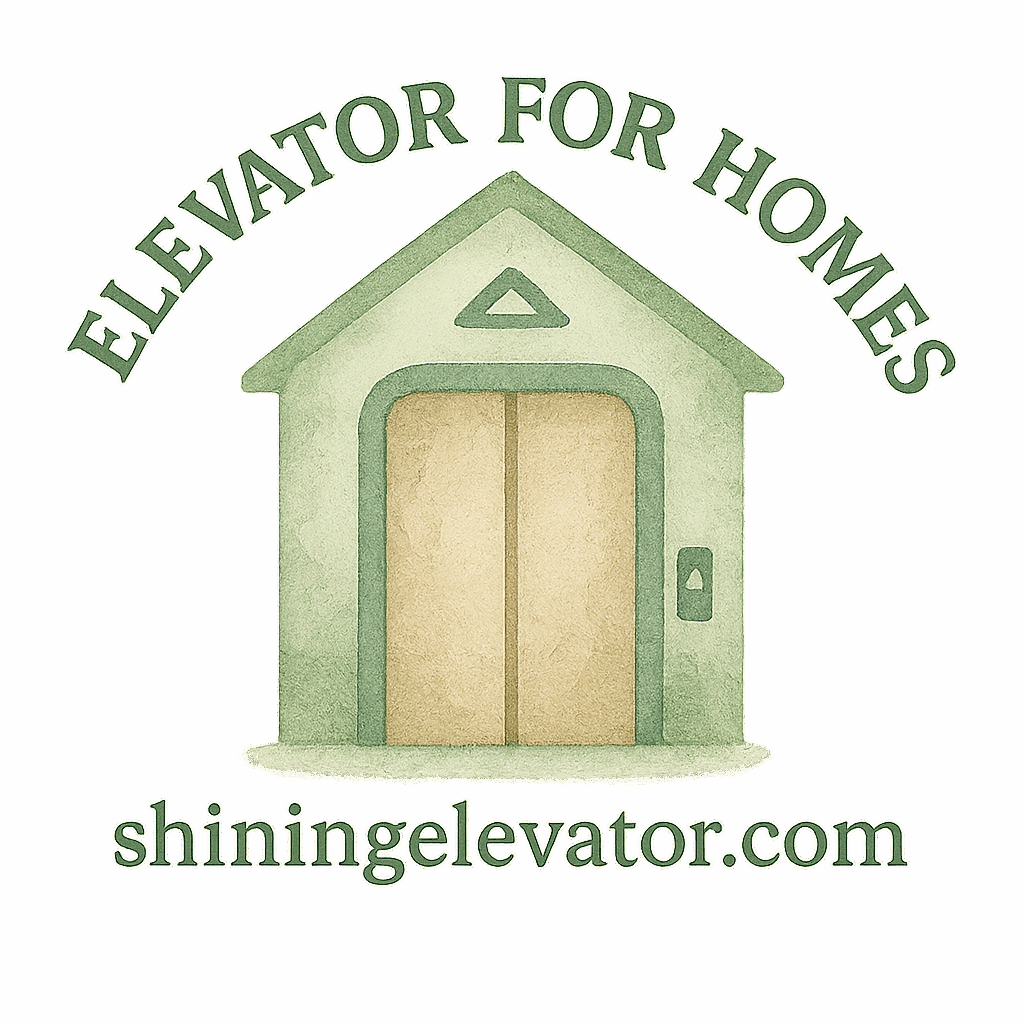Introduction
Ever thought of adding an elevator to your home but worried it might stick out like a sore thumb? You’re not alone. As home elevators become more popular—not just for convenience but for accessibility and aging in place—homeowners are looking for stylish ways to integrate them seamlessly. The good news? With the right planning and customization, your elevator can become a stunning feature that elevates (pun intended) your home’s entire aesthetic.
Whether you’re in the early stages of budgeting and planning or diving into design customization, this guide will walk you through six essential tips for aligning your elevator’s design with your home’s unique architectural character.
1. Understand Your Home’s Architectural Style
Before you even think about materials or finishes, you’ve got to understand your home’s design DNA.
Colonial and Traditional Homes
For classic homes with symmetrical designs, brick facades, and vintage charm, you’ll want your elevator to feature:
- Wood paneling or faux wood finishes
- Brass or oil-rubbed bronze hardware
- Decorative molding
This ensures your residential elevator doesn’t look out of place but rather enhances the existing elegance.
Modern and Minimalist Homes
If you’re living in a sleek, contemporary space, focus on clean lines and minimalism. Go for:
- Stainless steel or glass enclosures
- Monochrome palettes
- Smart touch controls
Such elevators fit perfectly in homes that prioritize function and simplicity.
Rustic and Farmhouse Style
These homes often have exposed beams, natural textures, and earthy tones. Your elevator can match this by featuring:
- Distressed wood or faux barnwood panels
- Matte black finishes
- Subtle industrial accents
Explore design customization options to bring out the rustic charm.
2. Prioritize Functional Placement
Where you place your elevator can impact both design and functionality.
Centralized vs. Corner Placement
A centrally placed elevator makes a statement and can serve as an architectural focal point. In contrast, corner placements offer discretion, particularly in smaller homes. For tips on maximizing space, check out our guide to compact elevators.
Accessibility and Aging in Place
If you’re planning for the long haul, consider installing your elevator in a location that supports aging in place. This often means near bedrooms or main living areas to improve safety and convenience.
Want to explore how to combine safety with elegance? Visit Safety & Accessibility.
3. Focus on Elevator Design Customization
Designing your elevator is like picking the perfect outfit—you want it to complement the setting and say something about you.
Wall Panel Materials and Finishes
From rich wood veneers to high-gloss laminates, your choice of wall panels will set the mood. Choose:
- Mahogany or walnut for traditional homes
- Glass or metal for contemporary spaces
- Recycled wood or stone for rustic styles
Need help designing your ideal cabin? Check out our customization ideas.
Lighting and Controls
Add ambient LED lights, backlit buttons, or touchscreens that match your interior decor. These small details make a huge difference, especially in creating a luxury look.

4. Use Space-Saving Elevator Options
Not all homes have room for bulky installations, and thankfully, they don’t need to.
Compact Elevator Models for Small Homes
Space-saving lifts are designed for tight floor plans and urban living. These compact models blend seamlessly into your home without disrupting traffic flow or design.
Residential Lifts That Blend In
Look for models with transparent doors or mirrored interiors to make the space feel larger. Hidden doors and matching trim can also help your small home elevator disappear when not in use.
Want to see your options? Dive into elevator types and features.
5. Integrate with Interior Design Themes
Your elevator shouldn’t feel like an afterthought. It should blend with and enhance your home’s interior.
Matching Color Palettes and Flooring
Use flooring that matches adjacent rooms to avoid visual interruptions. Carry through paint colors or wallpaper patterns from hallways or landings into the elevator cab.
Check out how to weave your lift into your interior design style seamlessly.
Decorative Details and Accessories
Add crown molding, mirrors, or custom handles that reflect your taste. Even elevator music (yes, really!) can be customized for a full sensory experience.
6. Collaborate with Trusted Elevator Providers
Finally, who you work with makes all the difference.
Importance of Working with Professionals
A skilled installer can help translate your vision into reality. They’ll also ensure everything meets local building codes and installation rates are fair.
Visit Installation & Maintenance for professional insights.
Choosing the Right Elevator Company
Make sure to read reviews, ask for portfolios, and compare quotes. Trusted elevator providers often offer better warranties and more customization options.
Not sure where to start? Explore our recommended elevator companies.
Conclusion
Matching your elevator design to your home’s architecture isn’t just possible—it’s fun, creative, and rewarding. From material selection to spatial planning, every choice plays a role in creating harmony between your lift and your living space. Whether you’re aiming for elegance, efficiency, or both, these six tips are your blueprint to a cohesive, stylish, and future-proof elevator installation.
And remember: Your elevator isn’t just a machine—it’s a part of your home.
FAQs
1. Can elevators really match any home style?
Absolutely! With so many customization options, elevators can complement anything from classic to ultra-modern designs.
2. What if my home is too small for an elevator?
There are compact elevator models specifically designed for small homes. These take up minimal space while maximizing utility.
3. How do I ensure my elevator is safe for seniors?
Make sure your elevator is designed for senior safety with features like handrails, emergency buttons, and slip-resistant flooring.
4. Will installing an elevator affect my home’s value?
Yes, and in a good way! A well-designed residential lift can increase home value, especially for buyers looking for accessibility.
5. Is it possible to install an elevator during renovations?
Yes, it’s a great time to install one! Use your home planning phase to integrate an elevator seamlessly into your design.
6. How much does elevator customization cost?
Costs vary, but our guide on elevator expenses breaks it down by style, materials, and more.
7. Where can I find reliable elevator installers?
Check out our list of top-rated elevator installation experts for recommendations you can trust.


